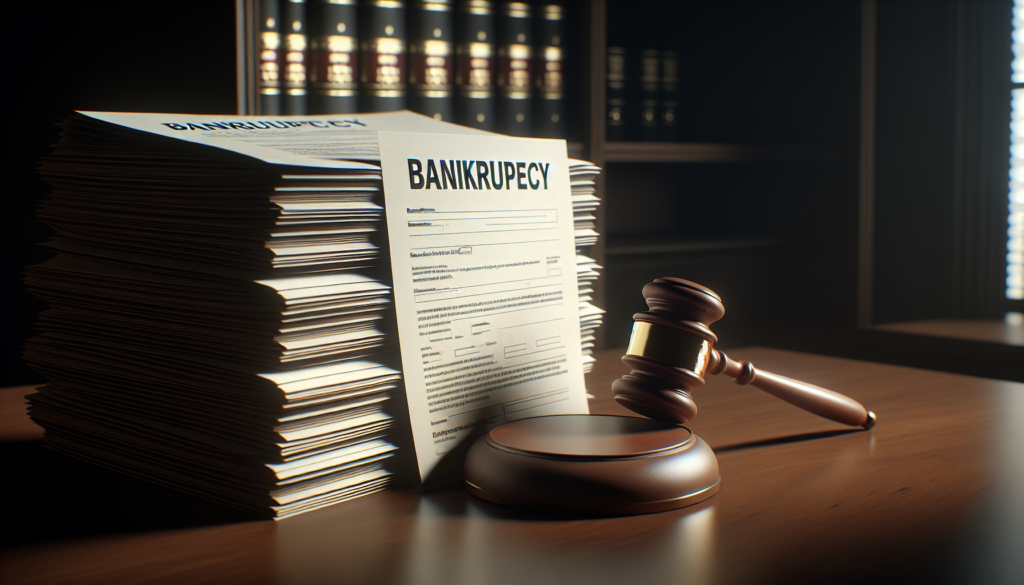
A Chapter 7 discharge is a crucial aspect of bankruptcy law in the United States, representing the elimination of the debtor’s legal obligation to repay most or all of their unsecured debts. This discharge is granted by the bankruptcy court and signifies the main goal and benefit for individuals filing under Chapter 7 bankruptcy. Here’s a closer look at what a Chapter 7 discharge entails:
The Essence of Chapter 7 Discharge
- Debt Elimination: The discharge releases the debtor from personal liability for specific types of debts. Essentially, the debtor is no longer legally required to pay any debts that are discharged.
- Permanent Order: The discharge is a permanent order that prohibits creditors from taking any form of collection action on discharged debts. This includes legal action and communication with the debtor, such as phone calls, letters, and personal contacts.
Types of Dischargeable Debts
While a Chapter 7 discharge can cover many types of unsecured debt, there are exceptions. Common dischargeable debts include:
- Credit card debt
- Medical bills
- Personal loans
- Past due utility bills
- Certain older tax liabilities
However, not all debts can be discharged in a Chapter 7 bankruptcy. Non-dischargeable debts may include:
- Most student loans
- Child support and alimony obligations
- Certain taxes
- Debts for personal injury caused by driving under the influence of alcohol or drugs
- Fines and penalties for violating the law
The Process and Timing of a Chapter 7 Discharge
- Filing for Bankruptcy: The process begins when the debtor files a petition for Chapter 7 bankruptcy.
- Automatic Stay: Immediately upon filing, an automatic stay is put in place, stopping most creditors from continuing with collection actions.
- Meeting of Creditors: Approximately a month after filing, a meeting of creditors (341 meeting) is held, where creditors can question the debtor about their debts and assets.
- Eligibility for Discharge: Most Chapter 7 discharges occur about 60 to 90 days after the meeting of creditors, assuming there are no objections from creditors or the trustee.
- Completion: Once the discharge is granted, the debtor is no longer obligated to pay the discharged debts, effectively giving them a “fresh start.”
Impact of a Chapter 7 Discharge
- Credit Report: A Chapter 7 bankruptcy and the associated discharge will remain on the debtor’s credit report for 10 years. While this can initially have a negative impact on the debtor’s credit score, over time, the debtor can rebuild their credit.
- Financial Fresh Start: The discharge provides a fresh start for the debtor, allowing them to move forward without the burden of unmanageable debt. It’s an opportunity to rebuild financial stability with responsible credit management and budgeting practices.
Limitations and Considerations
- Property and Assets: In Chapter 7 bankruptcy, the bankruptcy trustee may liquidate non-exempt assets to repay creditors before the discharge is granted. However, many debtors find that their essential assets are protected under state or federal exemptions.
- Future Bankruptcy Filings: After receiving a Chapter 7 discharge, debtors must wait eight years from the date of the previous filing before they can file for Chapter 7 again.
A Chapter 7 discharge is a powerful tool for individuals overwhelmed by debt, offering a legal pathway to eliminate certain debts and start anew. However, given its long-term implications and the complexities of bankruptcy law, individuals considering this option should seek advice from a qualified bankruptcy attorney to fully understand their rights and obligations.

Get a Free Bankruptcy Case Evaluation